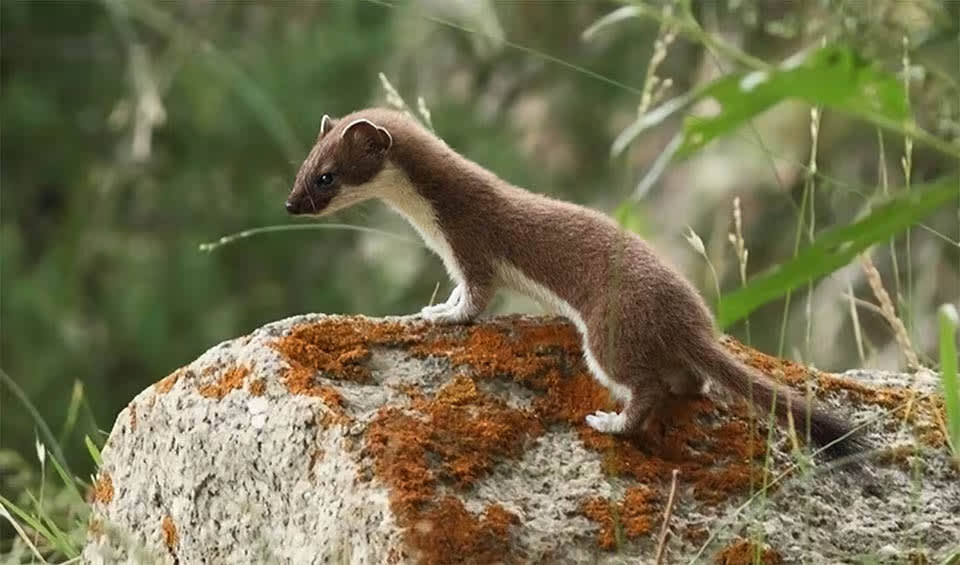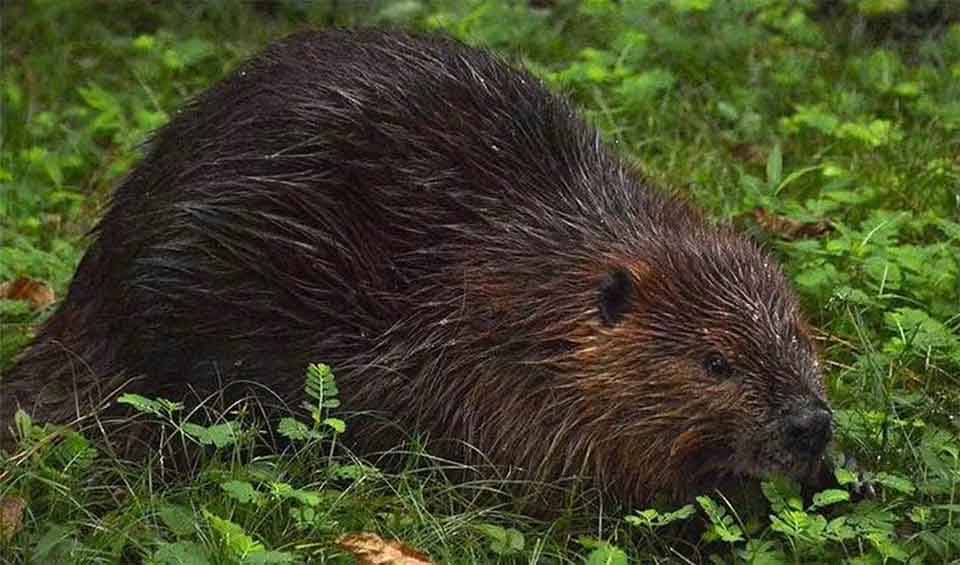Canada is home to an extensive range of ecosystems including tundra, forests, grasslands, freshwater environments, and oceans. The country spans nearly 10 million km² (3.9 million mi²), making it one of the largest by area and features a long coastline bordered by three oceans. Forests and woodlands cover a substantial portion of Canada, constituting a significant share of the world’s forests. Additionally, Canada contains a large fraction of the world’s wetlands, which cover a notable part of its national territory. The country is rich in freshwater resources, with thousands of rivers and over two million lakes nearly covering a tenth of its national territory.
While Canada has relatively few endemic species, it supports a diverse array of wildlife, including over 70,000 identified species with many more yet to be studied. Among these, a modest number of species of vascular plants, mammals, freshwater fish, and molluscs are uniquely found in Canada.
Four pillars elaborated:
Canada’s terrestrial protected areas encompass 933,930 km² (360,592 mi²), reflecting a steady increase in both the number and coverage of these areas since 1992, reaching 9.4% of the land by June 2009. The network includes over 4,850 protected sites ranging from historic national parks like Banff, established in 1885, to internationally significant sites such as the Queen Maud Gulf Bird Sanctuary, a RAMSAR site recognized for its Arctic tundra and marshes, as well as smaller areas that preserve unique and endangered ecosystems. Land Management
Land Management
Around 45,280 km² (17,483 mi²) of Canada’s oceanic territories are also protected, comprising both coastal terrestrial areas with marine components and specific marine protected areas. Among these is the Gully Marine Protected Area, the largest underwater canyon in eastern North America, located 200 km (124 miles) off Nova Scotia’s coast, highlighting Canada’s commitment to preserving significant marine environments.
A variety of pressures are causing degradation, fragmentation, and changes in the structure and composition of many ecosystems. Habitat loss and fragmentation are intensifying due to the combined effects of urbanization and industrial activities such as agriculture, forestry, fisheries, mining, and oil and gas development. Additional stressors include air and water pollution, invasive alien species, and wildlife diseases, all of which exacerbate the pressure on ecosystems and species. Threats to Biodiversity
Threats to Biodiversity
Climate change is further impacting ecosystems throughout Canada, prompting concerns about their vulnerability and ability to adapt. Moreover, not all existing management practices in Canada are equipped to handle these heightened, cumulative, and intricate challenges.
The Canadian government has undertaken several initiatives to combat its biodiversity crisis, including expanding and enforcing a robust network of protected areas like national parks and wildlife reserves. These are vital for preserving essential habitats and are a cornerstone of the nation’s biodiversity efforts. Key legislation, such as the Species at Risk Act, provides legal protection to wildlife at risk, supporting Canada’s commitment to its Biodiversity Strategy. This aligns with global goals under the Convention on Biological Diversity, aiming to protect 25% of Canada’s land and inland waters. Additional policies integrate biodiversity considerations into sectors such as agriculture, forestry, and urban planning, ensuring a comprehensive approach to environmental conservation. Capacity and Governance
Capacity and Governance
Canada’s 2030 National Biodiversity Strategy outlines a comprehensive set of global objectives and targets aimed at stopping and reversing biodiversity loss by the year 2030. The strategy is designed to foster a balanced and sustainable interaction between humans and nature. It encompasses a variety of initiatives and actions that promote conservation efforts, enhance sustainable practices, and encourage the responsible use of natural resources. This forward-thinking plan emphasizes the integration of biodiversity considerations into broader societal and economic activities, ensuring that ecosystem health and biodiversity are central to policy-making and community engagement across the nation. Future Trends
Future Trends
Biodiversity
The country’s northern regions, including the Arctic tundra and boreal forests, are characterized by cold, harsh climates and unique wildlife. The tundra supports species such as the polar bear, Arctic fox, and caribou, while the boreal forests are home to moose, black bears, wolves, and a variety of bird species like the common loon and the boreal owl. These forests also host a diverse range of plant life, including coniferous trees like spruce, fir, and pine.Canada’s temperate rainforests, primarily located along the Pacific coast in British Columbia, are among the world’s most productive and biodiverse ecosystems. These lush forests are home to towering trees such as the western red cedar and Douglas fir and support a variety of wildlife, including black bears, cougars, and the iconic spirit bear (a rare white variant of the black bear). The region’s rivers and coastal waters are crucial habitats for salmon, which in turn support a range of predators and scavengers.
In the table below are the number of known species in several main groups, how many of these species are Threatened with extinction, and how many of them are Endemic (unique to Canada only):
| Species (World rank) |
Threatened | % Threatened | Endemic | % Endemic | |
|---|---|---|---|---|---|
| Mammals | 222 (#48) | 19 | 8.1% | 7 | 3.2% |
| Birds | 495 (#70) | 22 | 4.4% | 3 | 0.6% |
| Reptiles | 50 (#122) | 6 | 12.0% | ||
| Amphibians | 46 (#61) | 1 | 2.2% | ||
| Fishes | 1,106 (#39) | 57 | 5.2% | 6 | 0.5% |
| Plants | 5,058 (#66) | 18 | 0.4% | 308 | 6.1% |
mammals
Brown bear
The second largest bear, right after the polar bear. Sadly, it well might top the list soon
Moose
They are so tall, that they prefer to feed on higher shrubs and grass, as lowering their head to the ground can be difficult!
Stoat
A small, fierce predator known for its agility, hunting skills, and color-changing fur
birds
Trumpeter swan
The largest species of Waterfowl present in America
Tufted puffin
Try as you might, you will never find a hairstyle better than this bird’s
Canada jay
Known for their excellent memory, allowing them to relocate hundreds of food caches even months after hiding them
reptiles
Five-lined skink
Can detach their tails when threatened by predators
Midget faded rattlesnake
One of the smallest species of rattlesnakes in North America, hence the name “midget”
Kemps ridley sea turtle
Meet the smallest and rarest sea turtle in the world
amphibians
Western toad
Can tolerate colder temperatures better than many other amphibian species
Pacific tree frog
A small, green friend you might find hopping around in gardens, forests, or even your backyard
American bullfrog
Introduced to many regions where it is now considered an invasive species
National Animals
North American beaver
To be or not to beaver? Beavers are armed with transparent eyelids that act as goggles to see underwater

















